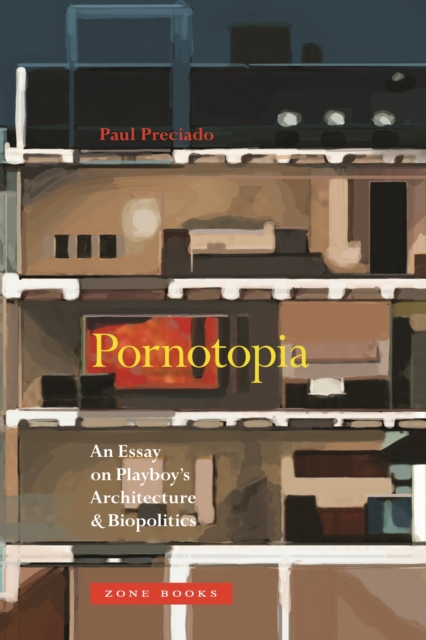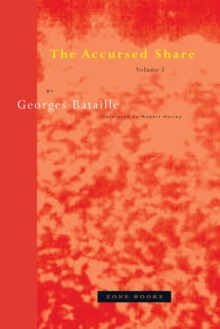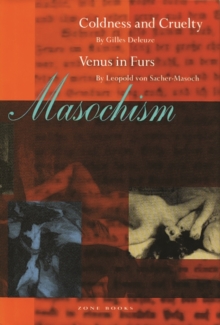
Pornotopia : An Essay on Playboy's Architecture and Biopolitics Paperback / softback
by Paul B. (Universite de Paris VIII) Preciado
Part of the Zone Books series
Paperback / softback
Description
Design objects, bachelor pads, and multimedia rotating beds as expressions of the relationships among architecture, gender, and sexuality. Published for the first time in 1953, Playboy became not only the first pornographic popular magazine in America, but also came to embody an entirely new lifestyle that took place in a series of utopian multimedia spaces, from the fictional Playboy's Penthouse of 1956 to the Playboy Mansion of 1959 and the Playboy Clubs of the 1960s.
At the same time, the invention of the contraceptive pill offered access to a biochemical technique able to separate (hetero)sexuality and reproduction, troubling the traditional relationships between gender, sexuality, power, and space.
In Pornotopia, Paul Preciado examines popular culture and pornographic spaces as sites of architectural production.
Combining historical perspectives with insights from critical theory, gender studies, queer theory, porn studies, and the history of technology, and drawing from a range of primary transdisciplinary sourcestreatises on sexuality, medical and pharmaceutical handbooks, architecture journals, erotic magazines, building manuals, and novels-Preciado traces the strategic relationships among architecture, gender, and sexuality through popular sites related to the production and consumption of pornography: design objects, bachelor pads, and multimedia rotating beds.
Largely relegated to the margins of traditional histories of architecture, these sites are not mere spaces but a series of overlapping systems of representation.
They are understood here not as inherently or naturally sexual, nor as perverted or queer, but rather as biopolitical techniques for governing sexual reproduction and the production of gender in modernity.
Information
-
Only a few left - usually despatched within 24 hours
- Format:Paperback / softback
- Pages:304 pages, 8 color illus., 20 b&w illus.; 28 Illustrations, unspecified
- Publisher:Zone Books
- Publication Date:18/10/2019
- Category:
- ISBN:9781935408499
£22.00
£18.35
Information
-
Only a few left - usually despatched within 24 hours
- Format:Paperback / softback
- Pages:304 pages, 8 color illus., 20 b&w illus.; 28 Illustrations, unspecified
- Publisher:Zone Books
- Publication Date:18/10/2019
- Category:
- ISBN:9781935408499










